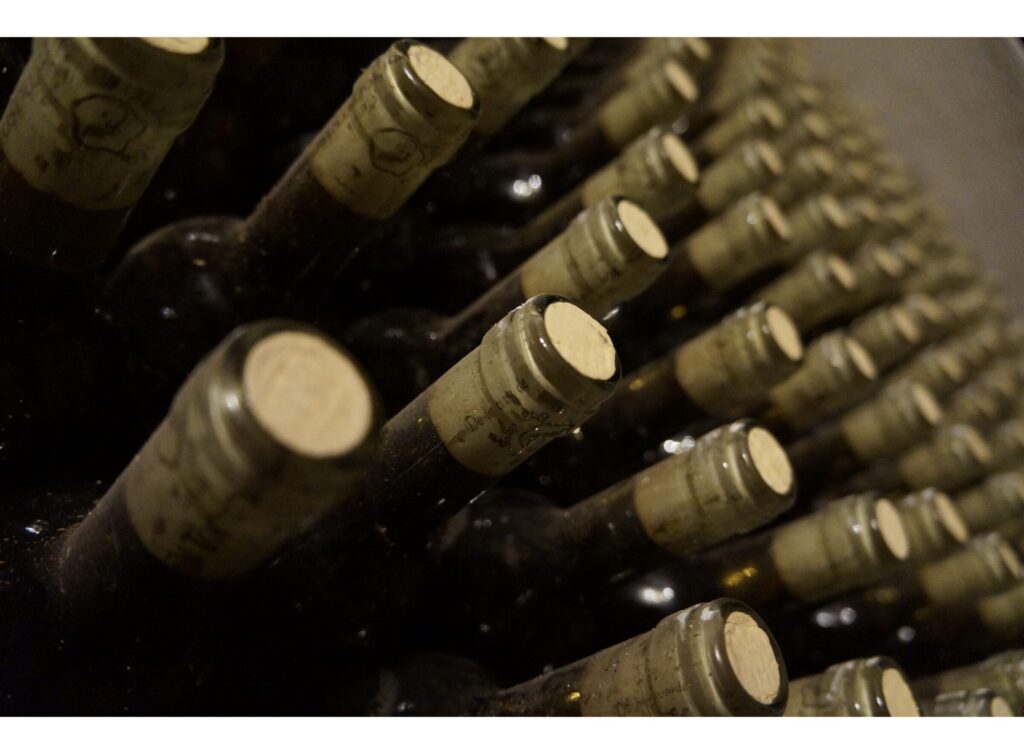On December 29, 2023, antidumping (AD) and countervailing duty (CVD) petitions were filed against Glass Wine Bottles from China, Mexico, and Chile. The petitions were filed by the U.S. Glass Producers Coalition, which is comprised of Ardagh Glass Inc., and the union representing workers at the glass factories of Ardagh and two other U.S. producers – Gallo Glass Company and O-I Glass, Inc.
Like many AD/CVD petitions, this new case is a sequel to a prior AD/CVD investigation. But unlike most AD/CVD sequels, the prior case in 2020 on Glass Containers from China did not result in AD/CVD duties being imposed. In that case, the U.S. International Trade Commission (“ITC”) made a negative injury determination and found that Chinese imports of glass containers were not a cause of material injury. Although the ITC found that the Chinese import volumes were significant, the ITC did not find any adverse price effects, and that the Chinese imports were not responsible for the domestic producers’ declining performance.
Having lost that case in 2020, the U.S. Glass Producers Coalition are now again asking the government to help protect them from import competition. But now they are targeting just wine bottles, instead of all glass containers in the prior investigation. By defining the scope of this investigation more narrowly than the prior investigation, the domestic producers hope that the data collected by the ITC will be different in this case and show that the domestic industry is suffering material injury (or threat of material injury) caused by the subject imports.
Mexico is the largest source of imported wine bottles. Wine bottles from China are already subject to Section 301 tariffs (25%) that have been imposed since 2018.
In addition to the ITC investigating whether imports are a cause of injury, the U.S. Department of Commerce (“DOC”) will investigate whether the named subject imports are being sold to the United States at less than fair value (“dumping”) or benefit from unfair government subsidies. Both agencies have to make affirmative findings of injury or threat of injury (ITC) or of dumping or subsidies (DOC) in order for AD/CVD duties to be imposed on the subject imports.
Scope
The proposed scope definition of this case is as follows:
The merchandise covered by the investigations is certain narrow neck glass bottles, with a nominal capacity of 750 milliliters (25.36 ounces), consistent with the authorized standards of fill in 27 C.F.R. §4.72; a nominal total height between 24.8 centimeters (9.75 inches) to 35.6 centimeters (14 inches); anominal base diameter between 4.6 centimeters (1.8 inches) to 11.4 centimeters (4.5 inches); and amouth with an outer diameter of between 25 millimeters (.98 inches) to 37.9 millimeters (1.5 inches); frequently referred to as a “wine bottle.” In scope merchandise may include but is not limited to the following shapes: Bordeaux (also known as “Claret”), Burgundy, Champagne, or Sparkling. In scope glass bottles generally have an approximately round base and have shapes including but not limited to, straight-sided, a tapered slope from shoulder (i.e., the sloping part of the bottle between the neck and thebody) to base, or a long neck with sloping shoulders to a wider base. The scope includes glass bottles, whether clear or colored, with or without a punt (i.e., an indentation on the underside of the bottle), and with or without design or functional enhancements (including, but not limited to, embossing, labeling, or etching). In scope merchandise may be imported with or without a closure, including a cork, stelvin (screw cap), crown cap, or wire cage and cork closure.
Excluded from the scope of the investigations are: (1) Glass containers made of borosilicate glass, meeting United States Pharmacopeia requirements for Type 1 pharmaceutical containers; (2) Glass containers produced by the “free blown” method or otherwise without the use of a mold (i.e., without “mold seams,” “joint marks,” or “parting lines”); and (3) Glass containers without a “finish” (i.e., the section of a container at the opening including the lip and ring or collar, threaded or otherwisecompatible with a type of closure, including but not limited to a cork, stelvin (screw cap), crown cap, or wire cage and cork closure).
Glass bottles subject to the investigations are specified within the Harmonized Tariff Schedule of theUnited States (HTSUS) under subheading 7010.90.5019. The HTSUS subheadings are provided forconvenience and customs purposes only. The written description of the scope of the investigations is dispositive.
Alleged AD/CVD Margins.
Petitioner calculated estimated dumping margins for the subject countries as follows:
China – 280.10% to 620.03%
Mexico – 78.55% to 102.09%
Chile – 615.68%
Petitioner did not provide any specific China subsidy margin calculations.
Named Exporters/ Producers
Petitioner included a list of companies it believes are producers and exporters of the subject merchandise. See attached list here.
Named U.S. Importers
Petitioner included a list of companies it believes are U.S. importers of the subject merchandise. See attached list here.
Estimated Schedule of Investigations*
December 29, 2023 – Petitions filed
January 18, 2024 – DOC initiates investigation
January 19, 2024 – ITC Staff Conference
February 12, 2024 – ITC preliminary determination
May 27, 2024 – DOC CVD preliminary determination (assuming extended deadline) (3/23/24 – unextended)
July 26, 2024 – DOC AD preliminary determination (assuming extended deadline)
(6/6/24 – unextended)
December 8, 2024 – DOC final determination (extended)
January 22, 2025 – ITC final determination (extended)
January 29, 2025 – DOC AD/CVD orders issued (extended)
* Dates are approximate. If a deadline falls on a weekend or holiday, the event will usually occur the next business day.

























